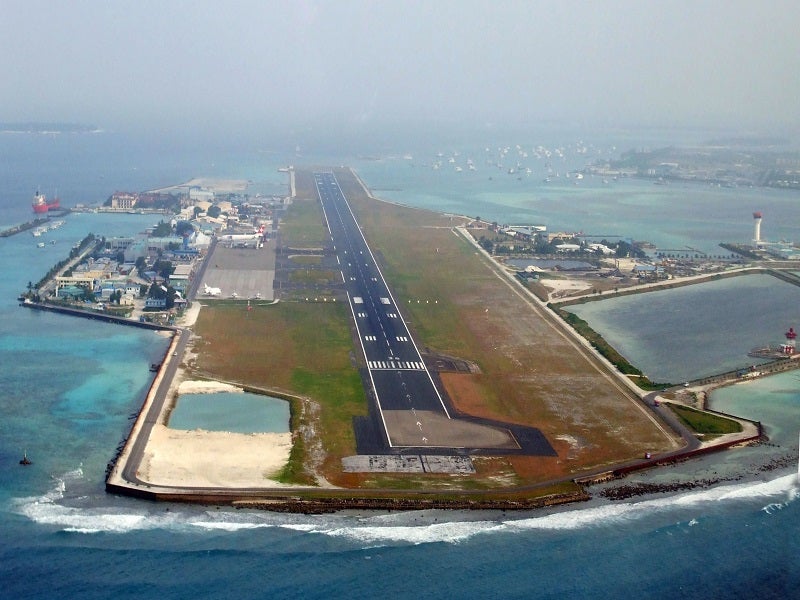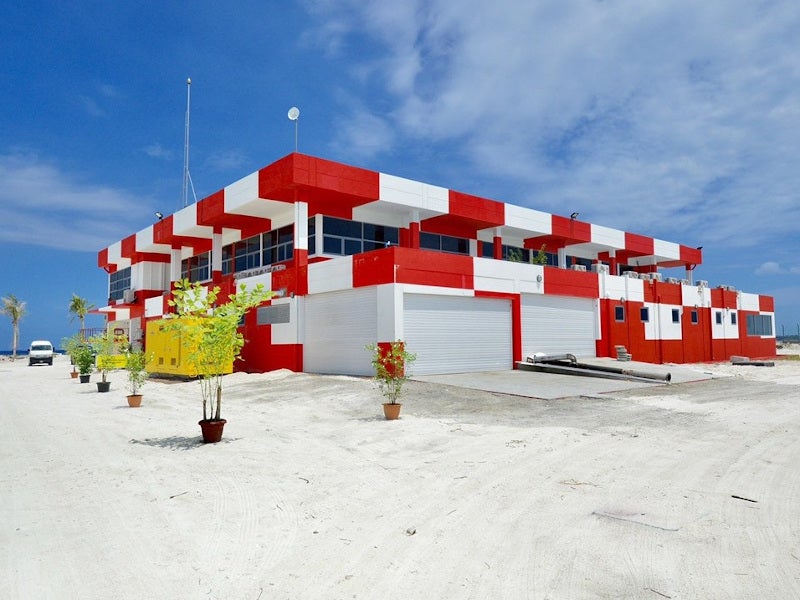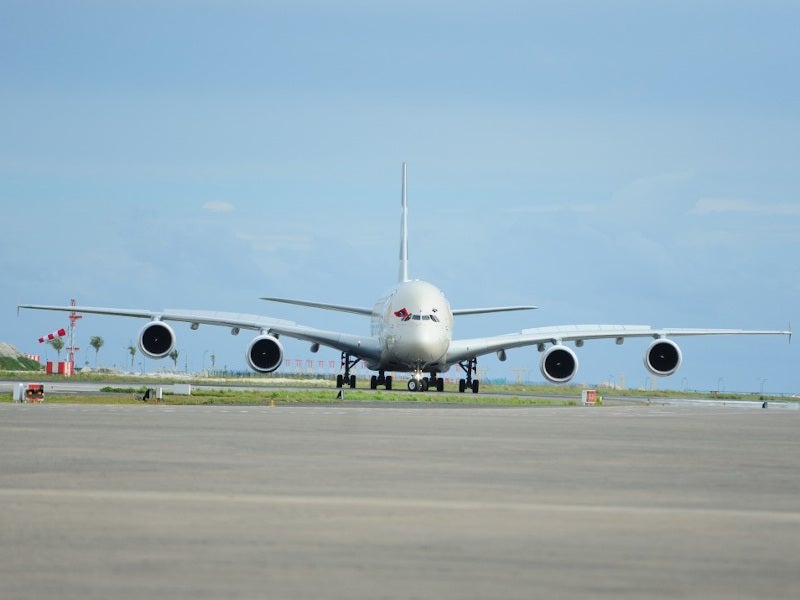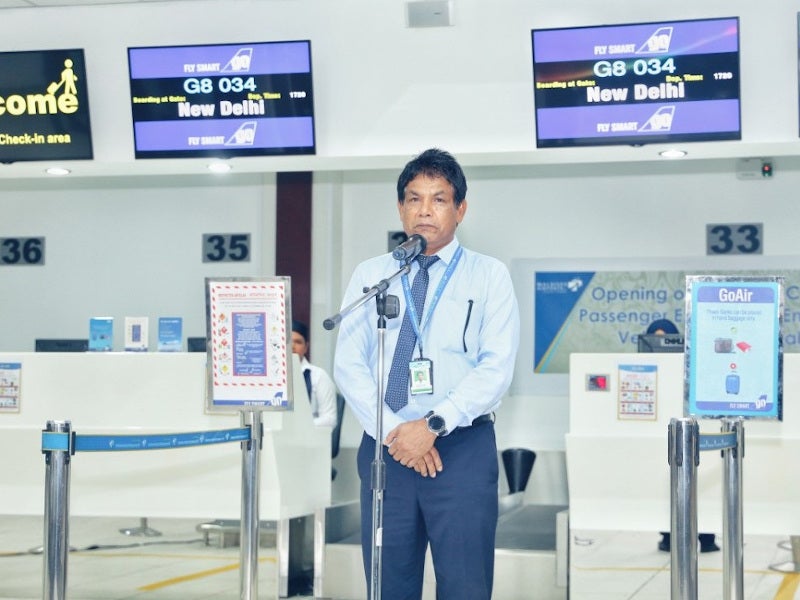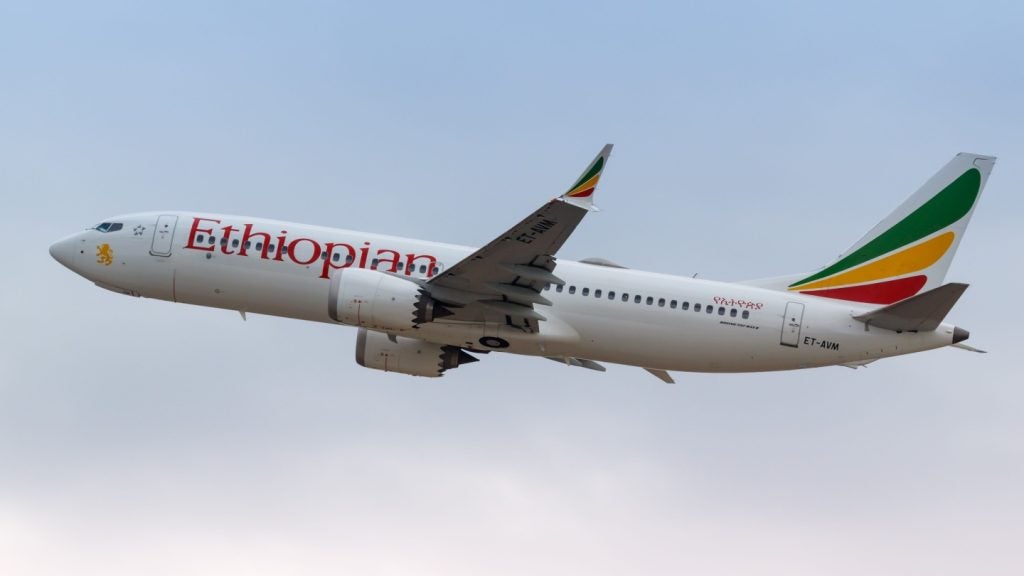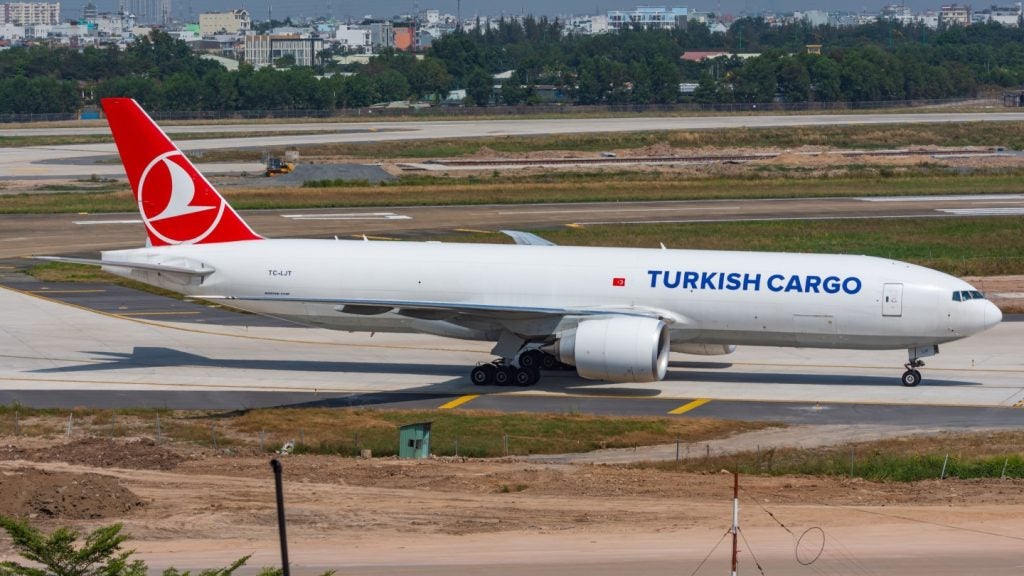The Velena International Airport, formerly known as Ibrahim Nasir International Airport, is owned by the government of the Maldives and operated by the Maldives Airports Company (MAC).
Located on Hulhule Island in North Male Atoll, the airport has the capacity to handle more than three million passengers annually.
It is currently undergoing a $1bn expansion project to cater to projected passenger growth expected to reach 7.5 million by 2030. The expansion project will be completed in 2025.
Velena Airport expansion project details
The Velena International Airport expansion project includes the development of a new passenger terminal building, a runway, a cargo terminal complex, a fuel farm and a seaplane terminal along with a maintenance, repair and overhaul facility and a new very important person (VIP)/commercially important person (CIP) terminal.
The new 78,000m² international passenger terminal building will have the capacity to accommodate up to 7.5 million passengers a year. Expected to open in 2025, the new terminal will feature aero boarding bridges, baggage handling systems, retail spaces, food and beverage outlets and lounges.
The Noovilu seaplane terminal, along with the MRO facility constructed at the eastern lagoon area of the airport, were inaugurated in October 2022. With a capacity to accommodate 100 seaplanes, the four-storey terminal features arrival lobbies, lounges, office spaces and extra boarding gates.
The VIP/CIP terminal is a 6,800m² four-storey building with dedicated space for CIPs, VIPs and VVIPs. It features catering services, prayer rooms, Wi-Fi access, showers, smoking areas, lounges and other entertainment facilities.
Phase one of the VIP/CIP terminal covering an area of 3,200m2 and accommodating up to 95 passengers commenced operations in January 2022. The construction of the terminal is set for completion in 2023.
Runway development
A new 3,400m-long and 65m-wide code-F runway was built to accommodate wide-body aircraft such as the A380. Located 190m from the current runway, it was developed to solve issues of space and flight delays.
The new runway was initially opened in September 2018 and officially inaugurated in October 2022. Installed with instrument landing systems (ILS) on both sides, the runway more than doubled the number of aircraft accommodated per hour from eight to 21.
Infrastructure development
The expansion project includes the development of a 37,000m² fuel farm at the northwest side of the airport. The fuel farm will have the capacity to hold 45 million litres of Jet A1 fuel, 100,000l of petrol and one million litres of diesel.
Three storage tanks are being developed as part of the project with space for the development of two additional fuel tanks in the future. An 8.4km long fuel hydrant system is also being installed to increase safety and reduce service time for airlines.
A 12,000m² cargo terminal complex able to handle 120,000t of freight is also being developed as part of the expansion project. To be completed in 2023, the complex will feature import and export facilities, cranes for loading and unloading cargo and office spaces.
Other developments at the airport
Velena Airport opened a 2,012m² aerodrome and ground aids building in April 2019. The two-storey building is situated in the northwest part of the airport. It serves as a monitoring station for the apron-high mast floodlighting system, runway airfield ground lighting and ILS [integrated lighting system].
The airport was also installed with additional cameras to support the screening process to tackle the 2019 coronavirus outbreak.
In November 2021, an expanded west apron was opened at the airport. The apron features nine aircraft stands, which can accommodate both domestic and international flights.
Funding for the airport expansion project
The Maldives government secured a $100m loan from the Saudi Fund for Development to finance the development of the new passenger terminal in October 2018.
The OPEC Fund for International Development (OFID) is providing a $50m loan for the project.
A formal loan agreement was signed with the Abu Dhabi Fund for Development to support the airport expansion in October 2017. The Kuwait Fund is also supporting the project.
Contractors involved in Velena International Airport expansion
The Maldives Airports Company awarded a design and build contract to Saudi Binladin, a construction company, for the new airport terminal.
Beijing Urban Construction, a contractor based in China, was responsible for the construction of the new runway.
Landrum & Brown, an aviation consulting firm, was appointed as the lead consultant for the airport’s runway and seaplane terminal studies.
ELS International, a prefabricated construction and landscaping company, received a contract from Saudi Binladin to execute piling works for the expansion project.
SETEC, an engineering company, won a contract to provide a building information modelling design, from the concept stage to final development.
Surbana Jurong, a consulting company, is the overall project management consultant for the expansion project including airside redevelopment and passenger terminal expansion. The company is also responsible for overseeing the construction works and supporting the design review process.
History of Velena Airport
Velena International Airport began operations in October 1960 with the landing of a Royal New Zealand Air Force transport aircraft. It welcomed the first commercial flight, operated by Air Ceylon, on its slotted steel runway in April 1962.
The airport underwent infrastructure improvements, including the construction of an asphalt runway in 1964. It was officially opened as the country’s international airport in November 1981.

